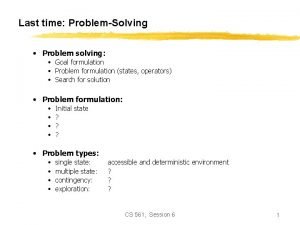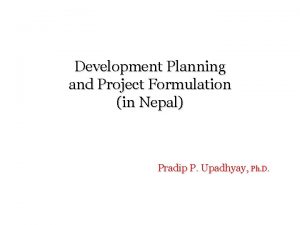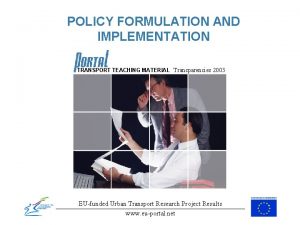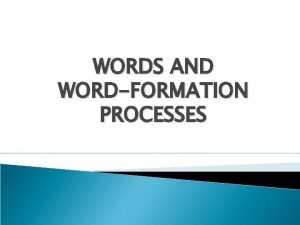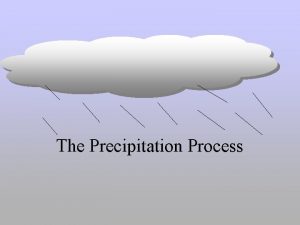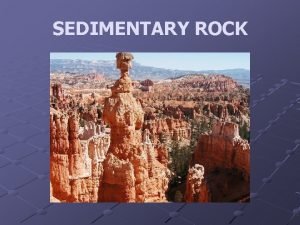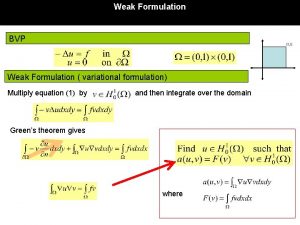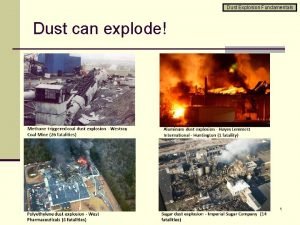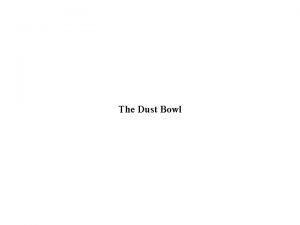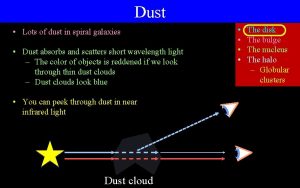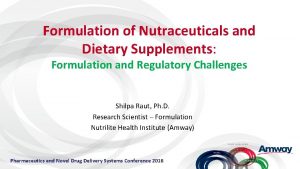20130911 Formulation of Nonsteadystate Dust Formation Process in














- Slides: 14

2013/09/11 天文学的ダスト形成環境における 非定常ダスト形成過程の定式化 (Formulation of Non-steady-state Dust Formation Process in Astrophysical Environments) to be published in Ap. J (ar. Xiv: 1308. 1873) 野沢 貴也(Takaya Nozawa) (Kavli IPMU, University of Tokyo) and 小笹 隆司(Takashi Kozasa) (Hokkaido University)

1 -1. Core-collapse SNe as sources of dust ・Discoveries of massive dust at high redshifts ➔ CCSNe must be main producers of dust grains ・Dust formation in the ejecta of CCSNe - theoretical works predict that 0. 1 -1. 0 Msun of dust can form in CCSNe (e. g. , Nozawa+03; Nozawa+10) - FIR observations with Herschel reported ~0. 1 Msun of cool dust in Cas A, SN 1987 A, and Crab (Barlow+10; Matsuura+11; Gomez+12) ## Some of dust grains formed in the ejecta are ## destroyed by the reverse shock (e. g. , Nozawa+07) Necessary to reveal the dust mass and size distribution!

1 -2. Aim of this study ・How do dust grains form? atoms ➔ molecules ➔ clusters ➔ bulk grains? ? reaction coefficients unknown! Cherchneff & Dwek (2011) ・Nucleation accompanied by chemical reactions - kinetics of dust formation process is controlled by key molecule: gas species with the least collision frequency among reactants (Kozasa & Hasegawa 1987) - steady-state nucleation rate may not be applied in rarefied environments (e. g. , Donn & Nuth 1985) The aim of this study is to formulate a non-steady-state formation process of dust grains

2 -1. Formulation of dust formation c 1 c 2 J 2 c 3 J 3 αn-1 c 1 cn-1 cn Jn β n cn ・ master equations

2 -2. Steady-state nucleation rate ・ steady-state nucleation rate: Js ➔ assuming Js = J 2 = J 3 = ・・・ = J∞ where μ = 4πa 02σ / k. T σ:surface tension S : supersaturation ratio ( S = p 1 / p 1 v )

2 -3. Non-steady-state dust formation ・ non-steady-state dust formation n*= 100 ・ Non-steady model: solving master equations ・ Steady model: using a steady-state nucleation rate

2 -4. Basic equations for dust formation ・ Equation of mass conservation (clusters) (grains) ・ Equation of grain growth ∝ fcon ・ Evolutions of gas density and temperature (γ = 1. 1 -1. 7) Parameters: c 0, γ, t 0 (the time at which ln. S = 0) fiducial values: γ = 1. 25, t 0 = 300 day

3 -1. Steady vs. Non-steady (1) c 10 = 108 cm-3 C c 10 = 108 cm-3 Mg. Si. O 3 decrease in temperature increase in S increase in I* (Is) grain growth consumption of gas decrease in I* (Is) The results for steady and non-steady models are essentially the same for high gas densities

3 -2. Steady vs. Non-steady (1): size distribution c 10 = 108 cm-3 C c 10 = 108 cm-3 Mg. Si. O 3 The size distribution of grains for steady and non-steady models are identical ➔ The steady-state nucleation rate is a good approximation for higher initial densities

3 -3. Steady vs. Non-steady (2) c 10 = 105 cm-3 C c 10 = 105 cm-3 Mg. Si. O 3 ・ I*: formation rate of clusters with n* = 100 ・ Is : formation rate of clusters with n = nc (<100) for τcoll/t 0 << 1 ➔ Is = … = In+1 = … = I* for τcoll/t 0 << 1 ➔ Is > … > In+1 > … > I*

3 -4. Steady vs. Non-steady (2): size distribution c 10 = 105 cm-3 C c 10 = 105 cm-3 Mg. Si. O 3 For lower gas densities, the steady model overestimates the condensation efficiency and underestimates the average grain radius

3 -5. Scaling relation of average grain radius C Mg. Si. O 3 Λon > 30 ‐Λon = τsat/τcoll : ratio of supersaturation timescale to gas collision timescale at the onset time (ton) of dust formation ‐ton : the time at which fcon reaches 10 -10 ・ fcon, ∞ and aave, ∞ are uniquely determined by Λon ・ steady-state nucleation rate is applicable for Λon >

3 -6. Scaling relation of average grain radius C Mg. Si. O 3 average radius ‐a ~ 0. 1 μm in Type II-P SNe (Nozawa+03) ‐a ~ 0. 001 μm in Type IIb SNe (Nozawa+10) condensation efficiency ## Λon = τsat/τcoll ∝ τcool ngas

5. Summary of this talk We develop a new formulation describing nonsteady-state formation of small clusters and grains in a self-consistent manner, taking account of chemical reactions 〇 Steady-state nucleation rate is a good approximation if the gas density is high enough (τsat / τcoll >> 1) ➔ otherwise, non-steady effect becomes remarkable, leading to a lower fcon, ∞ and a larger aave, ∞ 〇 Steady-state nucleation rate is applicable for Λon > 30 ➔ fcon, ∞ and aave, ∞ are determined by Λon = τsat / τcoll at the onset time (ton) of dust formation ➔ The approximation formulae for fcon, ∞ and aave, ∞ are given as a function of Λon
 Why problem formulation follow goal formulation
Why problem formulation follow goal formulation Process of plan formulation in nepal
Process of plan formulation in nepal Process of budget formulation
Process of budget formulation Build execution into strategy
Build execution into strategy Blue water strategy
Blue water strategy Policy formulation process
Policy formulation process Formation initiale vs formation continue
Formation initiale vs formation continue Example of word formation process
Example of word formation process Bergeron process
Bergeron process Process of bone formation
Process of bone formation Process of platelet plug formation
Process of platelet plug formation Coordinating marketing activities
Coordinating marketing activities Clipping english
Clipping english What is soil formation
What is soil formation How sedimentary rocks are formed
How sedimentary rocks are formed
